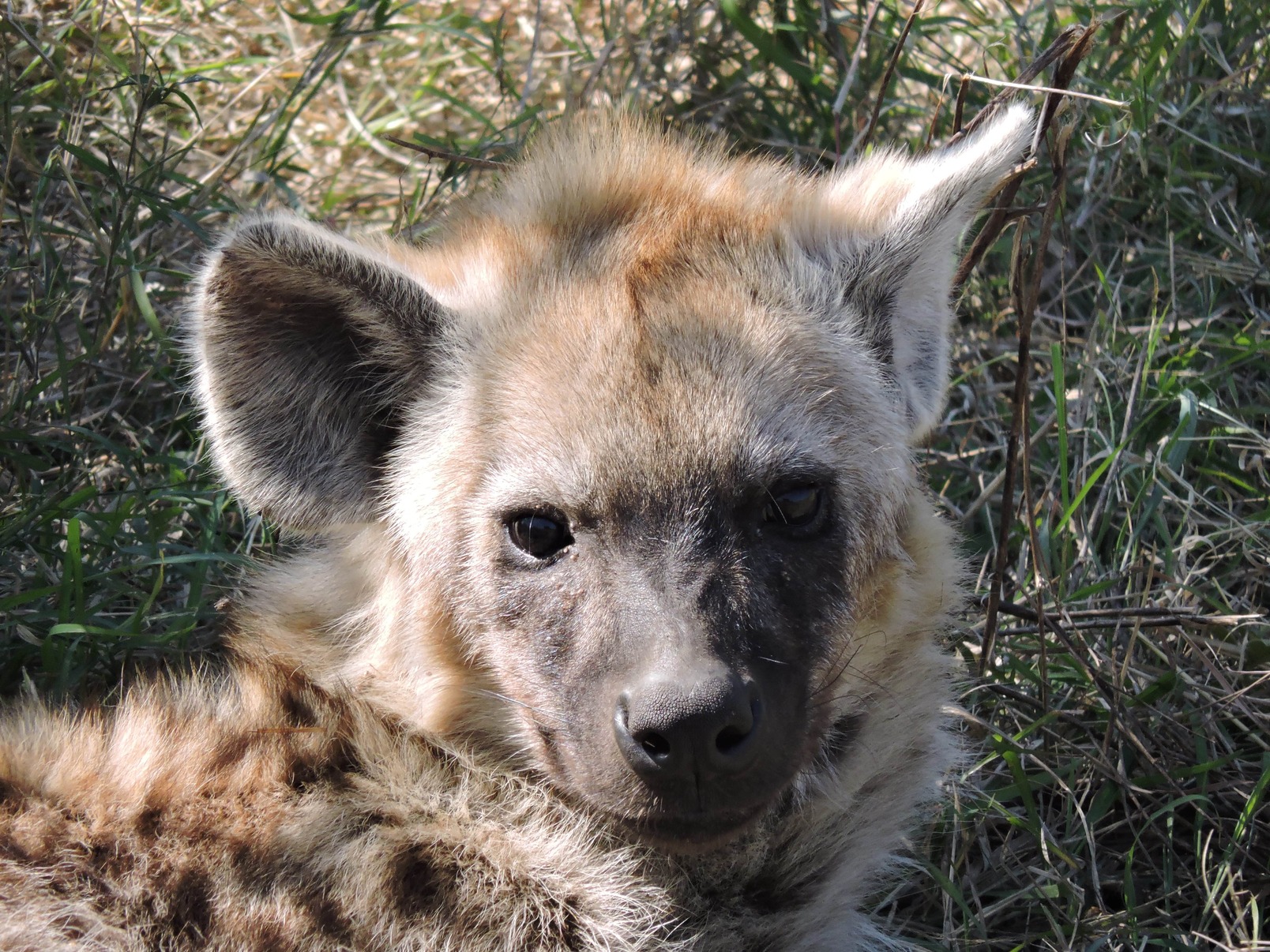
Retaliatory killings, habitat fragmentation, human-wildlife conflict, poorly regulated hunting, incidental snaring, and persecution due to mistaken identity or misattributed livestock losses.
Family: Hyaenidae
Scientific name: Crocuta crocuta
Common name: Spotted Hyaena
IUCN Red List of Threatened Species Status: Least Concern
Population estimate (in the wild): Approximately 5,000 in South Africa
Population trend: Decreasing
Wildlife ACT monitors Spotted Hyaenas as part of its broader endangered and priority species programme. In protected areas where the species occurs, Hyaenas are monitored through a combination of direct sightings, spoor tracking, and camera trap surveys. These methods provide critical information on population size, clan structure, territorial range, and denning behaviour. Camera traps, in particular, are a valuable tool for recording Hyaena presence in areas where they are elusive or primarily nocturnal
Data collected by Wildlife ACT contributes to protected area management decisions, helps identify potential conflict risks, and informs conservation strategies that balance species protection with community needs. Monitoring also provides early warning of injuries, snaring incidents, or unusual behaviour that might indicate a threat to survival. This proactive approach allows for targeted interventions in collaboration with provincial conservation authorities and partner organisations.
By supporting Wildlife ACT’s work, you are helping to ensure the long-term survival of the Spotted Hyaena in South Africa. Contributions fund daily monitoring operations, camera trap networks, community engagement programmes, and rapid responses to conflict or injury reports. Every action, from sponsoring equipment to spreading awareness, plays a part in protecting this vital species and the ecosystems it supports.
The primary threats facing the Spotted Hyaena in South Africa include habitat fragmentation, conflict with humans, and deliberate persecution. Expanding agriculture and infrastructure reduce the species’ available range and restrict natural movement corridors. When Hyaenas prey on livestock or are suspected of doing so, retaliatory killings may occur. They are also vulnerable to accidental snaring, poisoning, and disturbance near den sites. These threats are exacerbated by the species’ slow reproductive rate, with females raising small litters that require extended care, making population recovery slow when losses occur.
Spotted Hyaenas are a keystone species in African ecosystems. Their role as apex predators and scavengers supports biodiversity and ecological balance. By consuming carcasses and hunting herbivores, they help limit disease spread and maintain healthy wildlife populations. Protecting the species ensures these natural processes continue to function, supporting the overall resilience of the ecosystem.
Efforts to conserve Spotted Hyaenas must also address human perceptions. Education and awareness initiatives are key to shifting attitudes, reducing unnecessary killings, and promoting coexistence. By highlighting their ecological value, conservationists can help change the narrative around this misunderstood predator.
The Spotted Hyaena is one of Africa’s most adaptable and ecologically important carnivores. While often misunderstood, this species plays a crucial role in maintaining ecosystem health through its scavenging and predatory behaviour. As both hunters and scavengers, Spotted Hyaenas help control herbivore populations, recycle nutrients, and reduce the spread of disease by consuming carcasses that might otherwise rot in the landscape.
Globally, the Spotted Hyaena is classified as Least Concern by the IUCN, but in South Africa it is listed as Near Threatened due to habitat loss, human-wildlife conflict, and persecution. Their populations in protected areas remain stable, but they face significant pressure outside these landscapes, particularly where their presence overlaps with livestock farming. Negative perceptions, rooted in myth and misunderstanding, have also contributed to targeted killings and intolerance of the species in many regions.